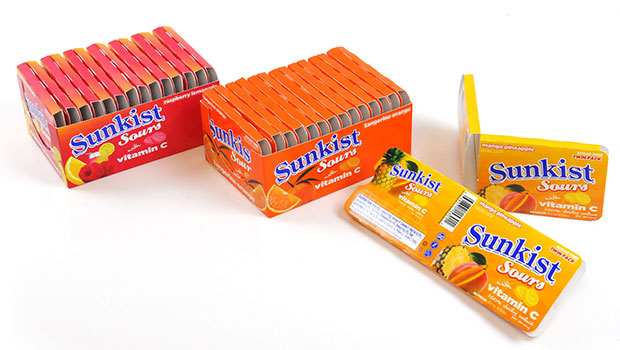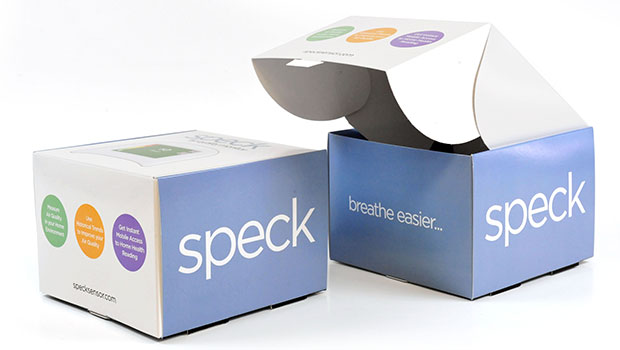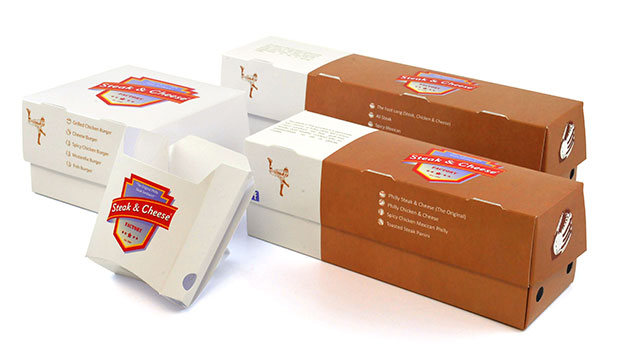There are plenty of reasons that we need packaging. It protects products and other items so they aren’t harmed and even helps loose items, such as liquids, stay in one compact area. While packaging started out simple, as just a way to keep products together and safe, it has evolved over time. Now it is a form of advertisement that helps build brand identity and sell items. Some of the most significant changes to packaging occurred within the last few decades.
Health Concerns
Within the last two decades or so, health concerns have had a huge impact on packaging. As of 1994, nutrition labels (which are government approved) now need to appear on all food items. These let you know exactly what is inside each food item and how it fits into your daily diet in terms of calories and nutrition. The last 20 years have also seen the introduction of modified atmosphere packaging. This type of packaging helps improve the shelf life of food, reducing waste products for the manufacturer, vendor, and buyer.
Environmental Concerns
Humans have started to become more aware of the environment and be concerned with the impact we have on it within the last several decades. This has led to increased environmental consciousness when creating packaging. As a result, you will now find more wrappings that are recyclable and have been made from recycled products. These aim to reduce the impact on the environment while still providing the necessary packaging. You will even find labels on packages telling you whether it is recyclable and how to dispose of it.
Innovations
Innovations, particularly in printing and design, have also greatly influenced the packaging world in recent years, helping create more attractive containers and boxes and improving companies’ abilities to develop their brand recognition. Digital color printing first entered the world of packaging in 1995. Now manufacturers may have digital printing capabilities on-site as part of their business or work with an outside company. Three-dimensional labels are another more recent innovation.
Changes for Major Brands
A great way to see some of the changes to packaging over the last several decades is to look at specific brands, particularly those that have done well all along but still updated their packaging. One example is Kit Kat bars, which have long been incredibly popular in the United States, Canada, and the United Kingdom. They traditionally were packaged in silver foil and then paper, and this particular wrapping played a role in many advertisements as well. During the early 2000s, however, Nestle started to change how it packaged some items. This included swapping out the foil wrapper for flow wrap plastic. The idea behind this change was that the plastic wrapping can add freshness to the candy and keep the packaging looking modern. The changes to the Kit Kat packaging clearly illustrate two ways in which packaging has changed over the years: appearance and advances, such as improving the quality or shelf life of food.




